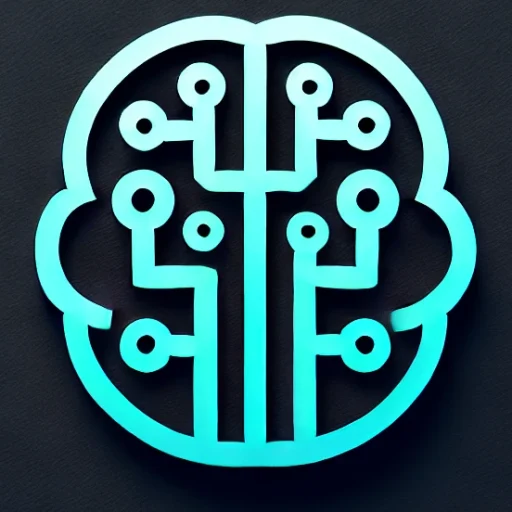
Introduction
As 2023 unfolds, the landscape of artificial intelligence is witnessing a paradigm shift spearheaded by generative AI. This burgeoning field, powered by models like OpenAI’s GPT-4 and Google’s Bard, is revolutionizing the way we perceive creativity, industry applications, and the nature of work itself. From creating sophisticated art to automating content generation, generative AI is shaping a new frontier in technological innovation.
Key Insights & Latest Advancements
Generative AI refers to algorithms that can create new content, whether it’s text, images, or music, by learning patterns from existing data. Recent advances have propelled the field into the spotlight:
-
Progress in Language Models: With the release of GPT-4, we’ve seen significant enhancements in natural language understanding, enabling more nuanced and coherent AI-generated content. These models are now capable of composing essays, answering complex queries, and even engaging in meaningful dialogue.
-
Art and Image Generation: Tools like DALL-E and Midjourney have demonstrated the ability to generate stunning visuals from textual descriptions. These models are pushing the boundaries of digital art, allowing for unprecedented levels of creativity accessible to anyone with a computer.
-
Cross-Modal Capabilities: Advances in generative models now enable cross-modal generation, such as transforming audio inputs into visual outputs, indicating a step towards truly multimodal AI systems capable of understanding and generating content across different forms of media.
Real-World Applications
The implications of these technological breakthroughs are vast:
-
Content Creation: Industries ranging from journalism to marketing are leveraging generative AI to automate the production of articles, advertisements, and social media content, increasing efficiency and productivity.
-
Entertainment: In the realm of film and video games, AI is used to generate scripts, create lifelike characters, and design rich interactive environments, offering fresh and engaging experiences for audiences.
-
Healthcare: Generative models are assisting in drug discovery processes, predicting the structures of new drug molecules, and personalizing treatment plans by analyzing patient data.
Challenges & Future Outlook
Despite its promise, generative AI faces significant hurdles:
-
Ethical Concerns: The ability to generate convincing fake content poses risks such as misinformation and intellectual property infringement. Regulatory frameworks are essential to mitigate these issues.
-
Bias and Fairness: AI models often inherit biases present in their training data, leading to skewed outputs. Ensuring inclusivity and fairness in model training is a critical challenge that needs addressing.
-
Technical Limitations: While generative models are becoming more powerful, they still require enormous computational resources and are prone to producing unpredictable or inaccurate results.
Looking ahead, continued research and collaboration between tech companies, academics, and policy makers will be crucial in steering the development of generative AI in a direction that maximizes benefits while minimizing risks.
Conclusion with Key Takeaways
Generative AI represents a remarkable evolution in technology, blending creativity with computational power to open new avenues in various fields. While the journey is fraught with challenges, the potential for positive impact is immense—from revolutionizing industries to democratizing creative processes. As we navigate this exciting era, it is imperative to prioritize ethical considerations and strive for inclusive, fair, and transparent AI systems that can genuinely enhance human capabilities.

